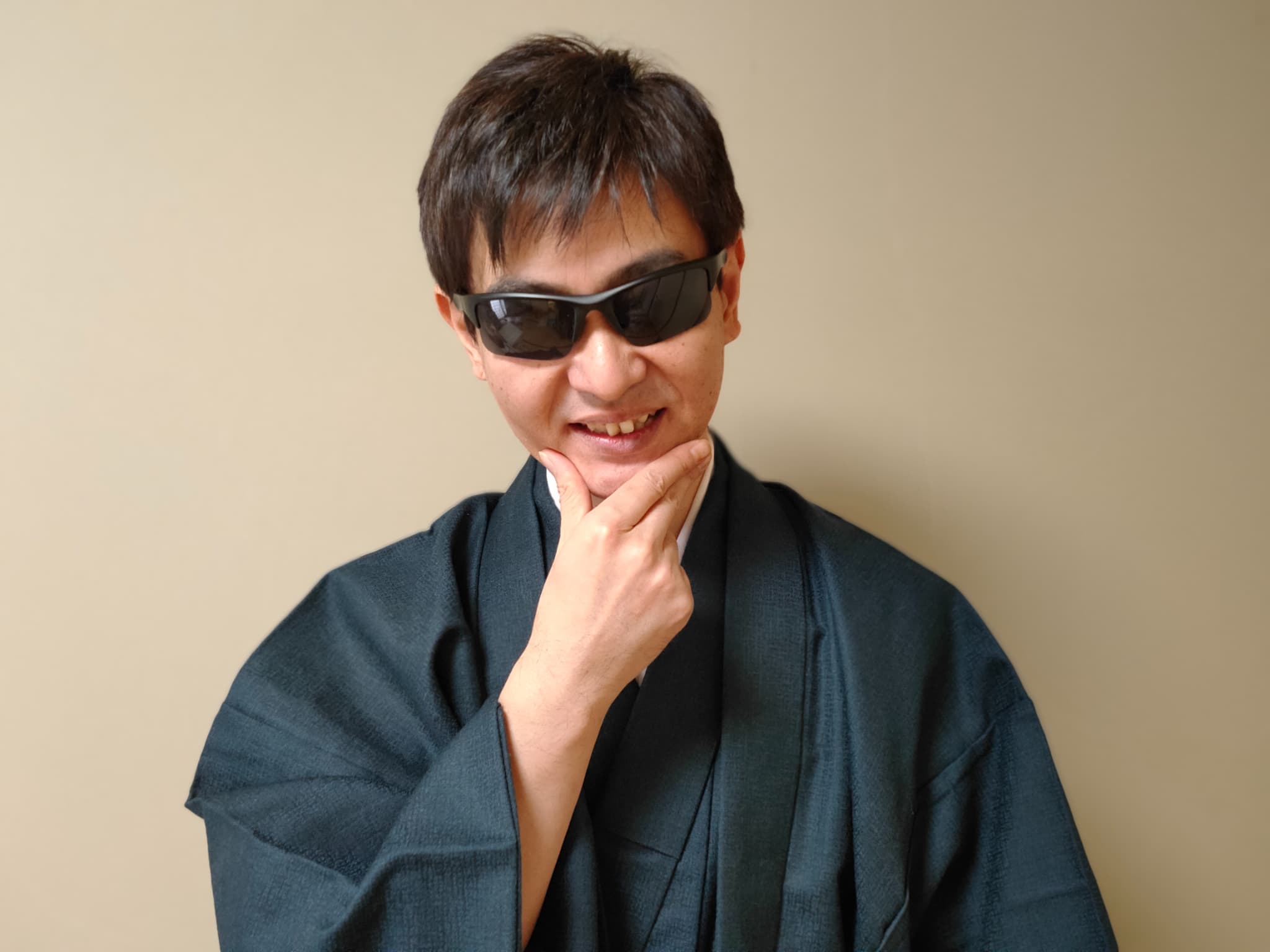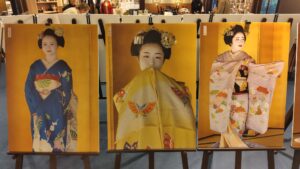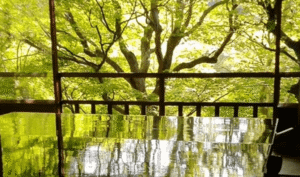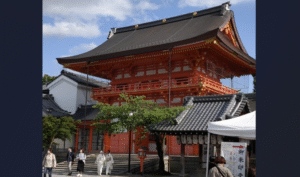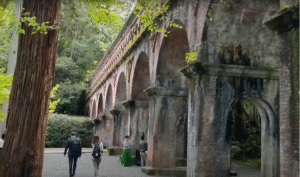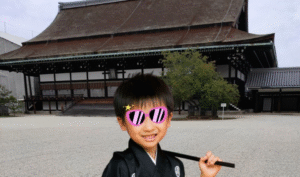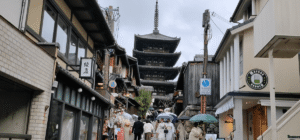Kiyomizudera Temple, perched on the eastern hills of Kyoto, is one of Japan’s most celebrated landmarks. Whether you’re drawn by its panoramic views, rich religious history, or seasonal beauty, The Temple offers something for every traveler. Here’s how to make the most of your visit.
In my personal opinion, this is the best place to truly experience the essence of Kyoto.
On the way to the temple, you can enjoy a charming street lined with traditional souvenir shops. It’s also one of the best places in Japan to see beautiful women wearing kimono. Twenty years ago, it was rare to see young people in kimono, but recently, more and more young women are choosing to wear kimono when visiting Kyoto.
Nearby, you’ll also find Hokan-ji Temple, a famous photo spot known for its iconic five-story pagoda.
One thing to keep in mind: the path to the temple includes a long uphill slope, so I recommend wearing comfortable walking shoes.
Overview of Kiyomizudera Temple
Kiyomizudera, or the “Pure Water Temple,” is a UNESCO World Heritage Site and a key part of Kyoto’s cultural landscape. Founded in 778 CE, the temple predates Kyoto’s establishment as the imperial capital. It is best known for its massive wooden stage that juts out from the main hall, offering breathtaking views of cherry blossoms in spring and vibrant foliage in autumn.
The temple was historically affiliated with the Hossō school of Buddhism but now operates as an independent religious institution rooted in Hossō teachings. The name “Kiyomizu” comes from the Otowa Waterfall, which still flows beneath the temple and feeds into three sacred streams.
Book your Japan trip with confidence!
Secure affordable Shinkansen, car rental, and hotel reservations from reliable Japanese websites.
Discover Japan Beyond Temples – Dive into the World of Manga!
After exploring Kyoto’s heritage, experience another side of Japan through digital manga — right from your screen.
Historical Background
Kiyomizudera was founded by the monk Enchin (also known as Zenchō) in the late 8th century, during the early Heian period. Legend says he was guided by a vision to the Otowa Waterfall, where he met the monk Gyoei, a devotee of the bodhisattva Kannon. With the support of Sakanoue no Tamuramaro, a general of the imperial army, the temple was officially established in 778 CE as a center for Kannon worship.
The temple has undergone multiple reconstructions due to fires and natural disasters, with the current main hall (Hondo) dating back to 1633, rebuilt during the Edo period under the Tokugawa shogunate. Despite these challenges, Kiyomizudera has preserved its cultural and spiritual legacy for over 1,200 years.
The Famous Wooden Stage

One of Kiyomizudera’s most iconic features is its wooden stage (Kiyomizu-no-Butai), which extends from the Hondo and is supported by 139 massive wooden pillars—each about 13 meters tall—without the use of nails. The platform offers panoramic views of Kyoto and the surrounding forested hills, especially spectacular during spring and autumn.
Historically, the phrase “to jump off the stage at Kiyomizu” referred to making a bold or life-changing decision, inspired by the daring height of the temple’s wooden platform. This metaphor has become deeply embedded in Japanese culture and adds symbolic meaning to the temple’s architecture.
Cultural and Religious Significance
Kiyomizudera is dedicated to Kannon, the bodhisattva of compassion, and is one of the most important pilgrimage sites in Japan. The temple has long been a spiritual center for those seeking blessings in love, childbirth, health, and academic success.
In 1994, Kiyomizudera was officially designated a UNESCO World Heritage Site as part of the Historic Monuments of Ancient Kyoto. Its continued importance in Japanese spiritual life is reflected in the thousands of visitors who come to pray, especially during New Year and Obon.
Having trouble planning your trip to Japan?
Find great deals on hotels and kimono rentals through trusted Japanese booking sites.
Discover Japan Beyond Temples – Dive into the World of Manga!
After exploring Kyoto’s heritage, experience another side of Japan through digital manga — right from your screen.
Must-See Highlights

- Hondo (Main Hall): Houses the eleven-faced, thousand-armed statue of Kannon. The hall is a National Treasure of Japan.
- Otowa Waterfall: Divided into three streams, each said to bring a different blessing: longevity, success in school, or love. Visitors use cups on long poles to drink from the stream—but don’t drink from all three, as it’s considered greedy.
- Jishu Shrine: A smaller shrine within the temple complex dedicated to the deity of love and matchmaking. It features two “love stones” placed 18 meters apart; walking between them with eyes closed is said to bring romantic success.
- Koyasu Pagoda: Located on the trail behind the main hall, this pagoda is believed to bless women with safe childbirth.
Seasonal Beauty
Kiyomizudera offers a different experience in every season:
- Spring (Late March to Early April): Cherry blossoms envelop the temple grounds, making it a top hanami (flower viewing) spot.
- Summer (June to August): Lush greenery and hydrangeas offer a refreshing escape from the city heat.
- Autumn (Mid-November): The temple is illuminated at night, showcasing brilliant red and orange foliage.
- Winter (December to February): Snow occasionally blankets the rooftops, creating a serene and mystical atmosphere.
Practical Visitor Information
- Hours: 6:00 AM – 6:00 PM (extended hours during special light-up events) It varies depending on the season.
- Admission: ¥500 for adults It is current as of August 2025 and may change in the future.
- Access:
- From Kyoto Station, take Bus 100 or 206 to Gojo-zaka or Kiyomizu-michi stop. From there, it’s about a 10-minute uphill walk.
- Alternatively, walk 20–25 minutes from Kiyomizu-Gojo Station (Keihan Line).


